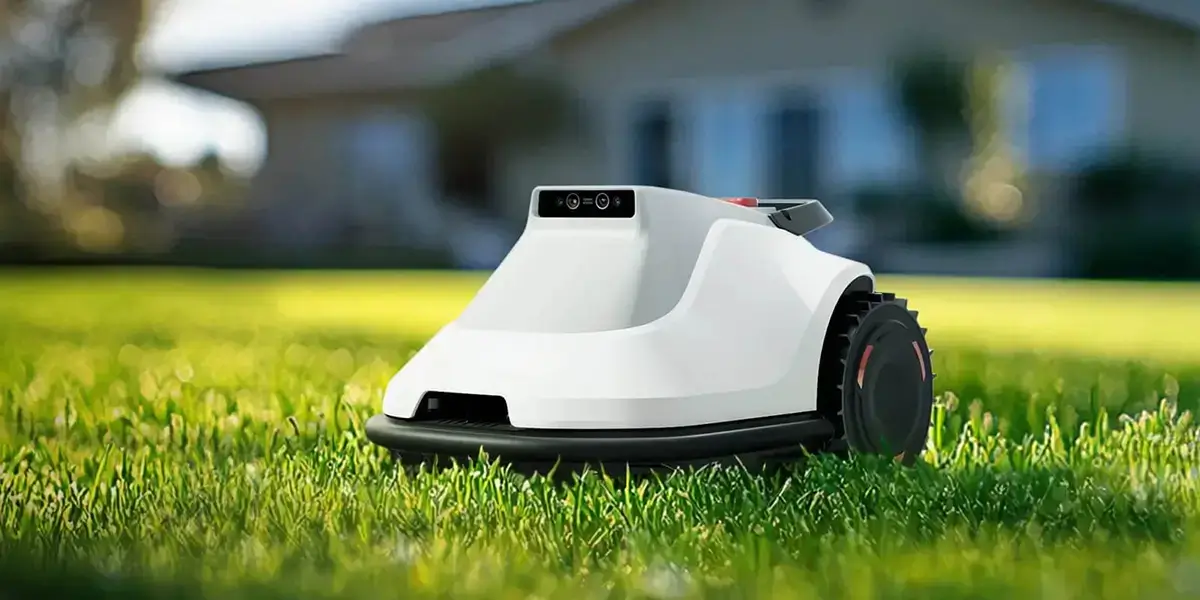Ever wonder if a brushless DC motor can work the other way around? You know, like, can it turn from a motor into a generator? It’s a question that pops into the minds of many tech enthusiasts and engineers trying to make their projects more efficient. The good news? The answer is yes, with some interesting caveats.

Brushless DC motors, or BLDCs, are pretty versatile. They’re known for their high efficiency, smooth operation, and low maintenance. Those features make them popular in everything from drones to electric vehicles. But what about the reverse? Can they generate electricity when spun? The short answer: absolutely.
Think of a BLDC motor as a hybrid device. When supplied with electricity, it spins like crazy, powering whatever it’s connected to. Flip it around, and if you mechanically turn the rotor—say, using wind or a turbine—it acts like a generator, producing electrical energy. That’s because the core principle behind BLDCs is electromagnetic induction: moving a magnetic field past coils to generate current.
Here’s the thing you might not immediately realize — they're often used as generators in renewable energy setups. Small wind turbines, for instance, often employ brushless DC motors because they’re reliable, lightweight, and efficient at converting mechanical motion into electrical power. Their design minimizes friction and wear, making them durable for outdoor, long-term use.
There’s an interesting aspect to consider: the voltage and current output depend on how fast you spin the motor. Spin it faster, and you get more power. But, what if the load is uneven? That’s where smart electronic controllers come into play, smoothing out the power and making it more usable for batteries or direct loads.
You might be curious—how does this compare to dedicated generators? Well, while dedicated alternators or generators are optimized for electricity production, BLDCs have this ability baked right in. Their electronic commutation—originally meant to replace brushes—also simplifies the process of converting mechanical energy into electrical energy with fewer parts wearing out.
And here’s a little nugget of truth: in some DIY projects or off-grid setups, folks use BLDC motors as makeshift generators. It’s budget-friendly and surprisingly efficient, especially if you already have the motor lying around. Just hook it up to your shaft, spin it, and voilà, power!
So, yeah, a brushless DC motor isn’t just good for driving things; it’s versatile enough to generate power too. It's a handy trick up the sleeve in many energy harvesting applications. Just imagine—a simple motor turning into an energy creator. That kind of dual-purpose device can really simplify designs and cut costs.
In the end, it’s all about how you spin it, how you control it, and what kind of power you need. Fascinating, isn’t it? The lines between motor and generator blur more with each innovation. For anyone diving into renewable energy, portable power sources, or even just curious tinkering, knowing that BLDCs can wear both hats opens up a lot of doors.
Kpower has delivered professional drive system solutions to over 500 enterprise clients globally with products covering various fields such as Smart Home Systems, Automatic Electronics, Robotics, Precision Agriculture, Drones, and Industrial Automation.




































